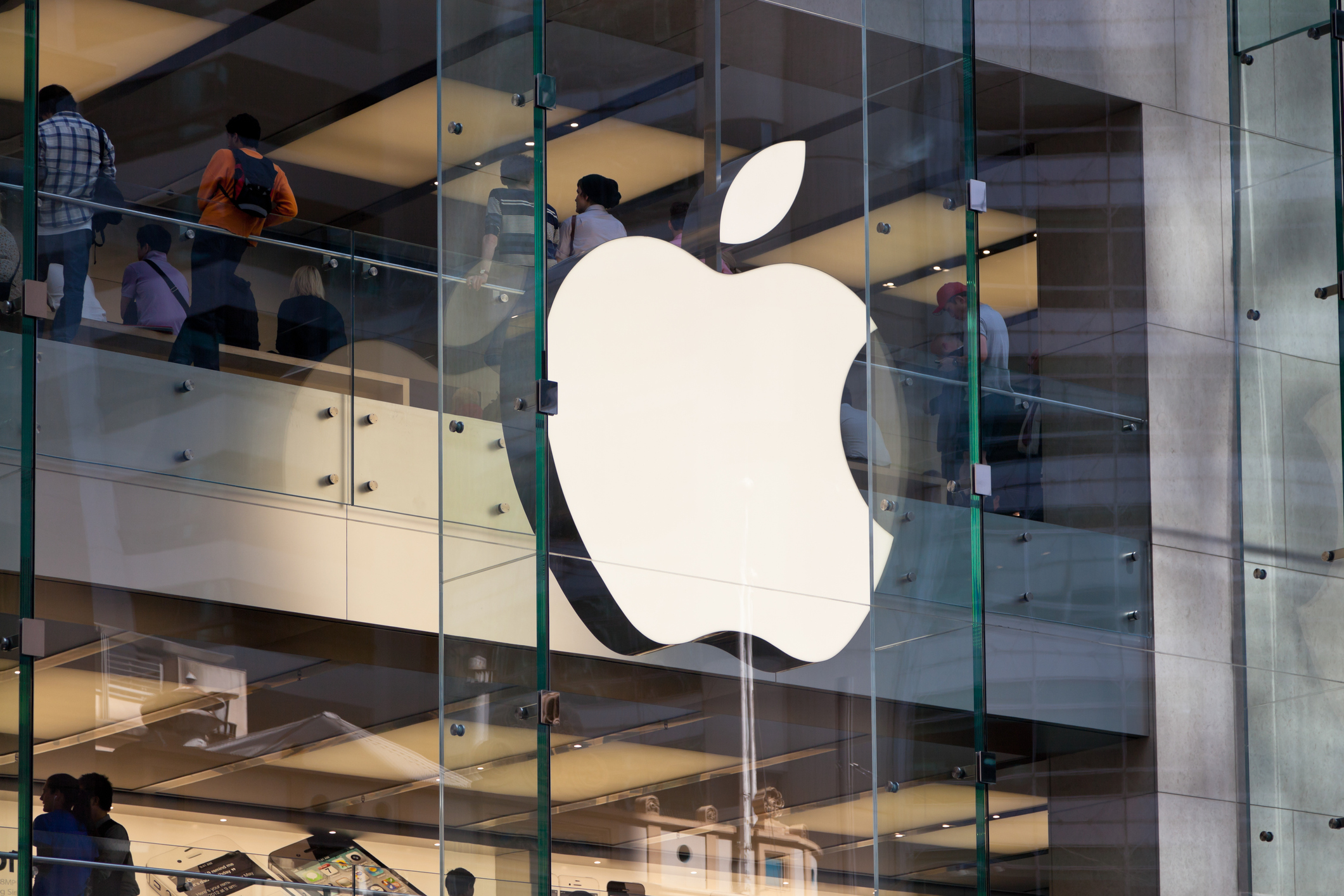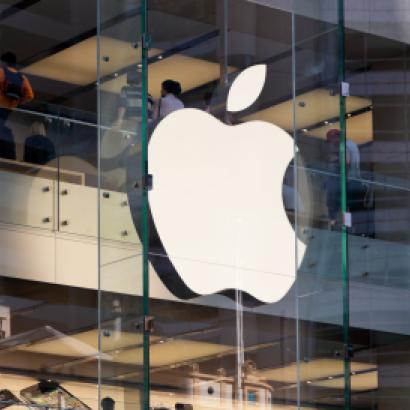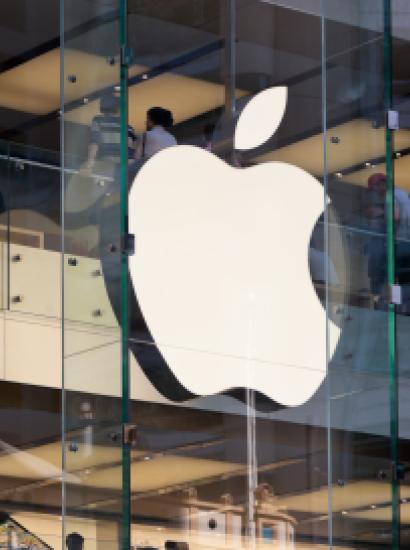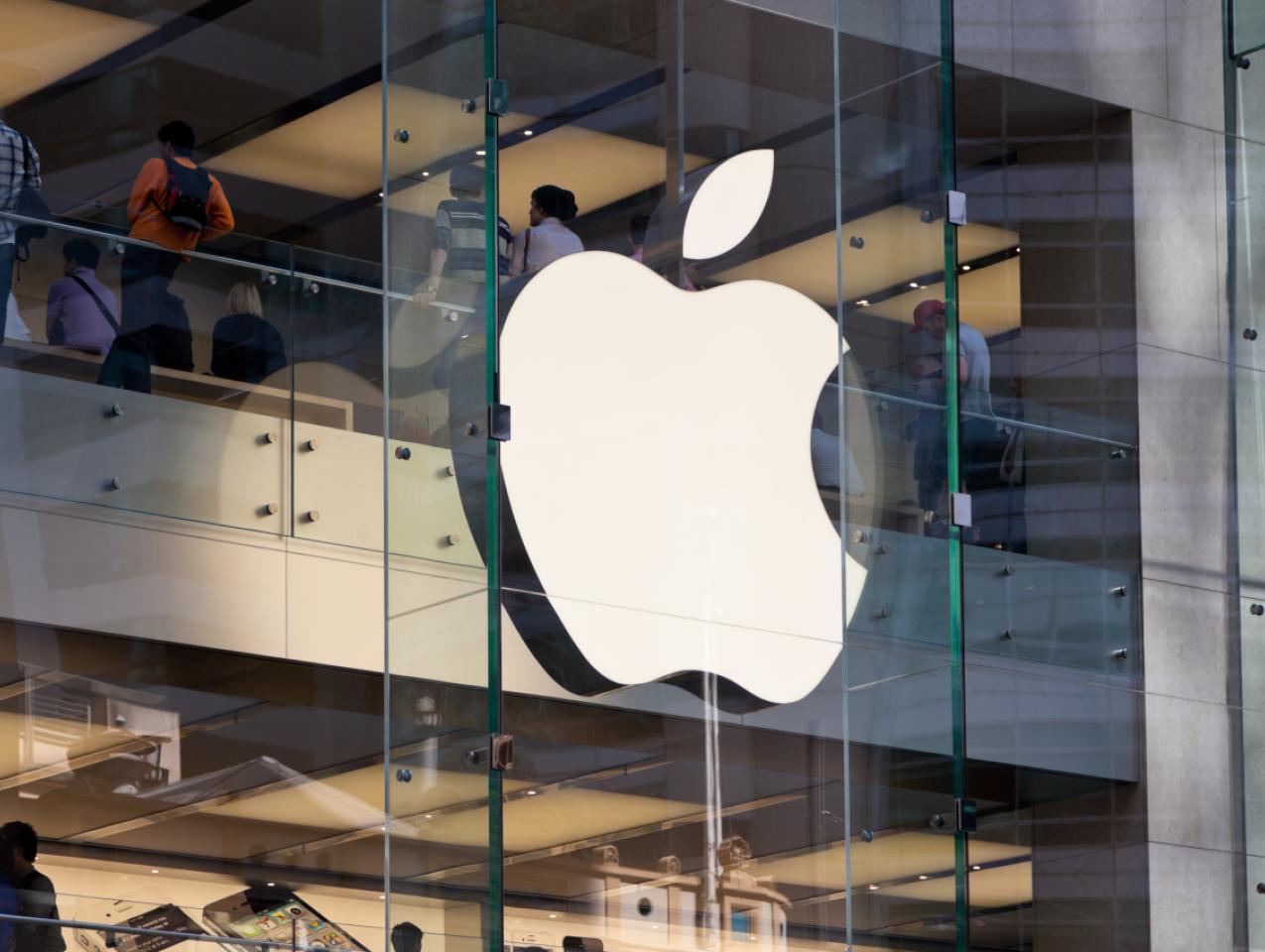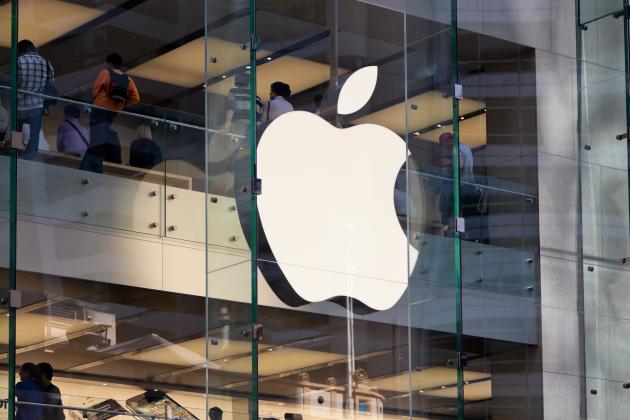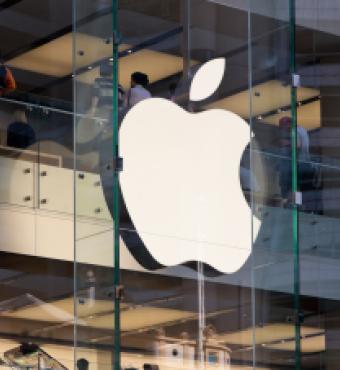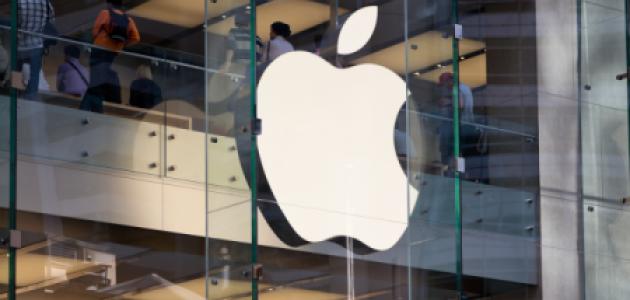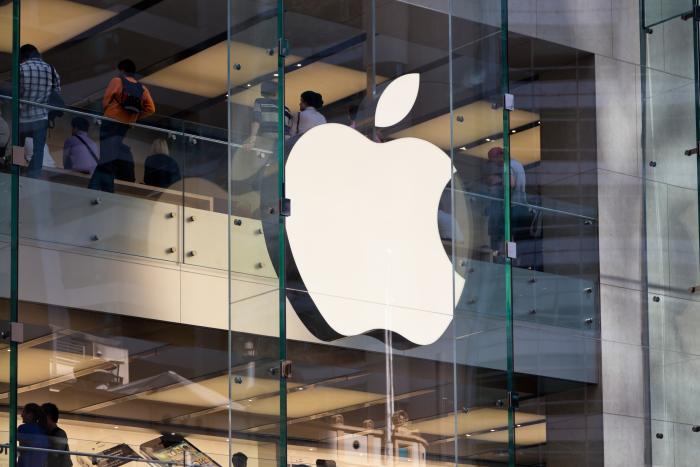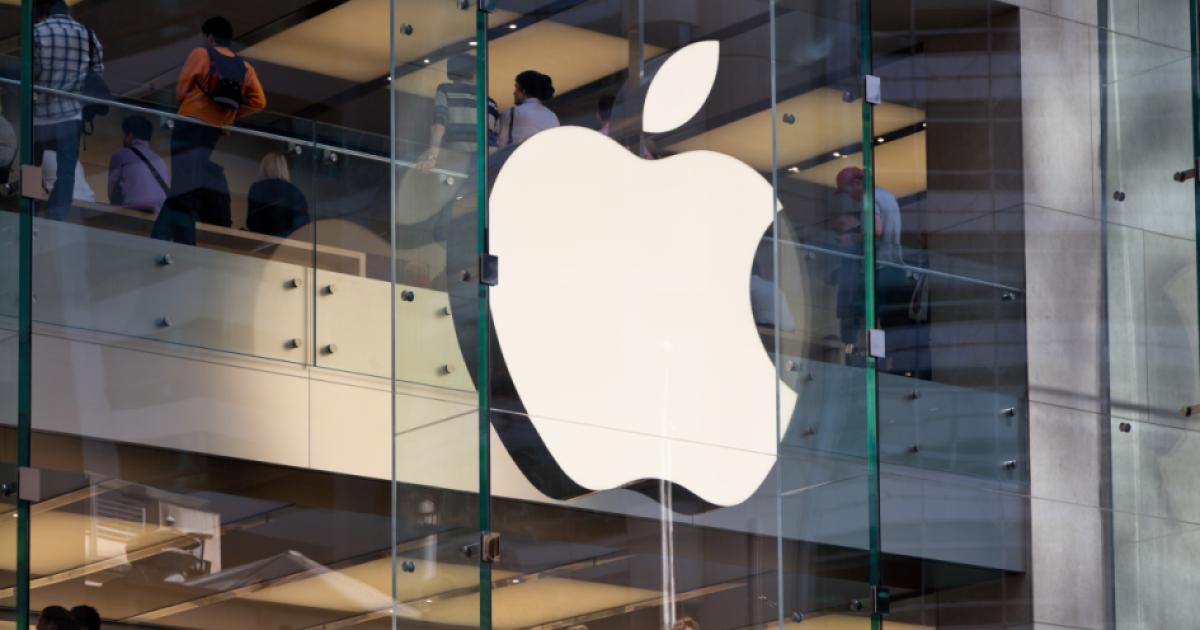With much publicity, the Department of Justice has launched a new broadside antitrust suit against Apple, an American company with a multitrillion-dollar market capitalization and an array of products that are widely used throughout the world—including by this author—to great acclaim. To read the government complaint is a dizzying experience because it is a real challenge to sort out the wheat from the chaff.
According to the DOJ, Apple stands invincible because it adopts a policy of excluding all market comers, who can gain admission only with Apple’s consent. This consent always comes with stiff fees, for Apple “demands up to 30 percent of the price of an app whose content, product, or service it did not create,” only to pile on yet another 30 percent in fees on customers at the back end of the production chain. Yet DOJ never asks why Apple does not use its supposedly inexhaustible market power to jack up prices even further. Are these customers the pawns of Apple, as the Department of Justice claims, or is the government’s general charge overinflated so long as Android is in play, highlighting both its own advances and insisting that it is easy to switch and transfer data to its open-source Linux platform?
Indeed, a quick look at market performance shows that Apple is far from invincible in today’s fluid high-tech market. Thus, in the first quarter of 2024, the S&P 500 has gone up about 10 percent, while the price of Apple’s shares has fallen from its closing high of $198 on December 14, 2023, to a close of $172 on March 22, 2024. Why, if Apple’s strong-arm business tactics have been so effective, has the company lagged?
One possible explanation is that Apple itself faces serious resistance in its core product market, so that even customers who do not abandon Apple may still take advantage of both systems. It is equally clear that Apple does not always get its way in litigation. Right now, Apple is subject to an injunction issued by the US Trade Commission against its importing pulse oximeters for its watches. The commission uses rules of exclusion that are remarkably similar to those which Apple relies on for its marketing programs: once there is a violation of a patent, an injunction is issued without any further ado—i.e., without using any form of a balancing test that treats damages as a permissible substitute-remedy under some public-interest test. Such squishy tests would undermine the intellectual-property rights of other market players, as my friend and colleague Professor Adam Mossoff has pointed out.
And just as Apple should not be bullied by the government to change its overall business model, so too should it not be able to use its political muscle to change established patent law to bulldoze smaller firms into sharing their intellectual property with Apple as the dominant player. If these foreign companies are forced to lose their property rights on account of some vague public-interest rationale, their incentive to innovate will be accordingly diminished with the reduced size of their revenue stream. Apple can always remove the injunction by paying the innovator its demanded licensing fees; and the high fees, if such they be, will offer incentives for a new entrant to lower prices by offering alternative goods.
Lesson 101 in patent law should always be that the exclusive right to market a patented technology in and of itself does not create a monopoly position. The exclusive right to market one device leaves it open to other parties to develop devices that use different means to achieve the same market end. Two exclusive patents thus have no more market power than one of two houses as against the other. Indeed, for small companies to negotiate these “public interest” agreements bereft of a map and compass will force them consistently to split the difference, too often based on the political clout of the respective parties. Thus the real risk lies in the so-called eBay v. MercExchange test that wrongly downplays injunctive relief on the domestic side—which creates an indefensible gap between two complementary systems of patent protection.
The same logic applies to the general complaint of the DOJ, which speaks in broad terms that are internally contradictory. On the one hand, the DOJ claims that it is somehow wrong that Apple executives strategized on how best to “get people hooked to the [Apple] ecosystem” in a fifteen-year campaign during which “Apple has built and sustained the most dominant smartphone platform and ecosystem in the United States by attracting third-party developers of all kinds to create apps that users could download on their smartphones through a digital storefront called the App Store.” Just where is the social danger in that activity in discharging a complex coordination strategy that leads to effective commercialization? And so much the better if “Apple charges as much as $1,599 for an iPhone and earns high margins on each one, more than double those of others in the industry.” There is scarcely a better description of a firm that has put together a program that allows it to earn larger profits for its shareholders on the one hand and offer better services for the customers who pay those higher willingly to get phones of operational superiority.
There is, moreover, a backhanded compliment in all this. The system of exclusives turns out to be highly efficient, precisely because it locks these customers into an all-Apple environment where these customers expect better products at lower prices, which is the sign of innovation, not stagnation. Yet, Apple knows that it can lose it all with a few wrong steps, which may well be why the competition has perhaps closed the gap. It would not be the first time that an antitrust suit will have been brought against a firm that has already crested, like IBM or Microsoft perhaps, so that the hapless task of defending the case diverts the talent of the firm into a defensive posture, such that the board culture shifts from innovation to compliance. What is true here is also true of Amazon, where the litany of supposedly anticompetitive practices, including price discovery and efficient delivery, are in fact the opposite.
Nor does the law support this general result, for the key precedent on the matter remains Verizon v. Trinko, in which the complaint was that Curtis Trinko, an AT&T customer, claimed he had received inferior services from Verizon, in breach of contract. But the contract breach was not an antitrust violation, which has to be established independently. Justice Scalia, speaking for a unanimous court, held that Verizon had a statutory duty to aid competitors by opening up its facilities to rivals, including a customer of AT&T. And why? Because “it is settled law that this [monopoly] offense requires, in addition to the possession of monopoly power in the relevant market, ‘the willful acquisition or maintenance of that power as distinguished from growth or development as a consequence of a superior product, business acumen, or historic accident.’ ” (United States v. Grinnell Corp., 1966).
Why this rule? Because, as with all forced business deals, the two parties stand toe-to-toe, such that the government must create some mechanism to determine price between them, a question for which there is no principled answer. The parties in Trinko had already met the challenge by their generalized agreement, and the use of an intrusive antitrust charge will always open a royal road to circumvention that will result in the unwise use of an ad hoc remedy. The antitrust law is not meant to tell firms how to conduct their business, especially those whose successes have allowed them a path to continued success. The global danger here is that the beneficiaries of this lawsuit will not be consumers of Apple products but their business competitors, most notably Google.
The hard question that remains is whether there are any bright spots in this complaint. It’s not clear. One credible claim, on which more study is needed, is whether Apple Wallet harms consumers by taking an undisclosed 15-cent fee, estimated at a total of $4 billion for 2024, on each transaction that a customer uses with any credit card found in the Apple Wallet, when it is exceedingly difficult for them to find alternative ways to use their credit cards. At this point, the banks could argue that the cards belong to the customers, so that Apple is not permitted to charge them anything for the card they already own. Against that point, there may well be some added efficiencies that the Wallet supplies; or perhaps a disclosure remedy that does not smack of ratemaking should be acceptable. Or it could be that Apple is using an expanded Wallet as an entering wedge into offering banking services, as exemplified in their partnership with Goldman Sachs in the creation of the Apple Card, which might be a procompetitive move. The crosscurrents need detailed analysis, which are going to be hard to perform unless DOJ backs away from its broader and more dubious claims.







